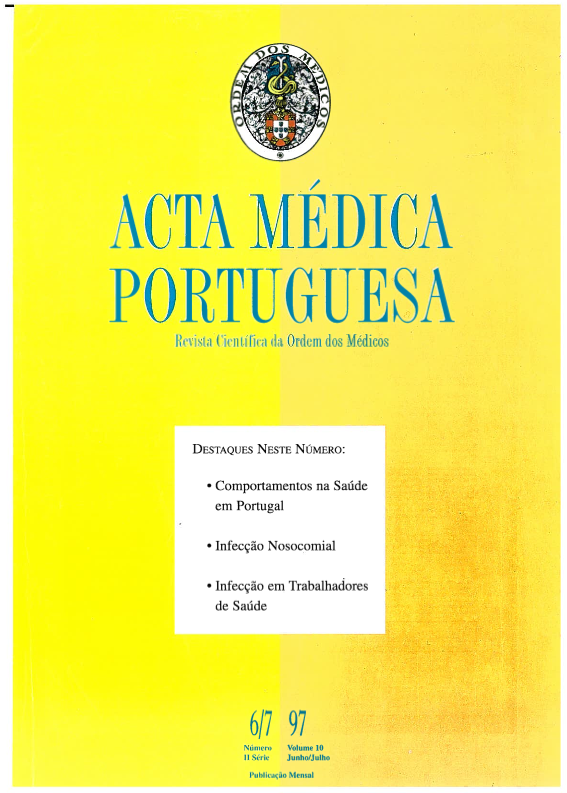Nosocomial infection in a pediatric intensive care unit.
DOI:
https://doi.org/10.20344/amp.2448Abstract
Patients in intensive care units (ICU) are 3 to 4 times more prone to nosocomial infection (NI) than patients in general wards owing to the severity of their pathology and the frequent use of invasive procedures. The aim of this study was to establish the incidence of NI in an ICU and the associated risk factors.During 18 months, all patients with severity scores III and IV (Clinical Classification System) were studied, (n = 575). The admissions were mainly due to accidents (24.7%), neurological (19.1%), surgical (17.2%), respiratory (11.1%) and infectious (7.0%) disease. The mean duration of stay was 2.4 days. The mortality was 5.2%. The evaluation protocol of these patients included determination of the PRISM score, registration of every invasive procedure and daily search for clinical and laboratory signs of infection. NI was defined according to the criteria of the Centers for Disease Control. Both the intrinsic and extrinsic risk factors were analysed and in the statistical analysis the null hypothesis was rejected at the significance level of p < 0.05.The incidence of NI was 7.6%. The infections occurred in the respiratory tract in 20 patients, bloodstream in 8, genito-urinary tract in 2, central nervous system in 2, skin in 2, gastrointestinal tract in 2, eyes in 1 and surgical wound in 1. There were isolates in 60.6%. The mean duration of stay was longer in patients with NI (9.8 versus 1.9). The factors most closely associated with NI were higher PRISM scores, malnutrition, immunodeficiency failure of 2 or more organs, administration of antibiotic since admission or corticosteroids and simultaneous use of 3 or more invasive procedures. The risk of pneumonia was significantly increased in patients with mechanical ventilation and all the patients with bacteremia had central venous catheters. The mortality was higher in the group with NI (18.2%) than in the group without NI (4.4%).The incidence of NI is acceptable in our ICU. The most frequent location was the respiratory tract (52.6%). The pathogens most frequently isolated in this ICU were Gram negative rods. The risk of NI increased in more debilitated patients with more severe disease who were administered antibiotic or corticosteroids and submitted to more invasive procedures.Downloads
Downloads
How to Cite
Issue
Section
License
All the articles published in the AMP are open access and comply with the requirements of funding agencies or academic institutions. The AMP is governed by the terms of the Creative Commons ‘Attribution – Non-Commercial Use - (CC-BY-NC)’ license, regarding the use by third parties.
It is the author’s responsibility to obtain approval for the reproduction of figures, tables, etc. from other publications.
Upon acceptance of an article for publication, the authors will be asked to complete the ICMJE “Copyright Liability and Copyright Sharing Statement “(http://www.actamedicaportuguesa.com/info/AMP-NormasPublicacao.pdf) and the “Declaration of Potential Conflicts of Interest” (http:// www.icmje.org/conflicts-of-interest). An e-mail will be sent to the corresponding author to acknowledge receipt of the manuscript.
After publication, the authors are authorised to make their articles available in repositories of their institutions of origin, as long as they always mention where they were published and according to the Creative Commons license.









